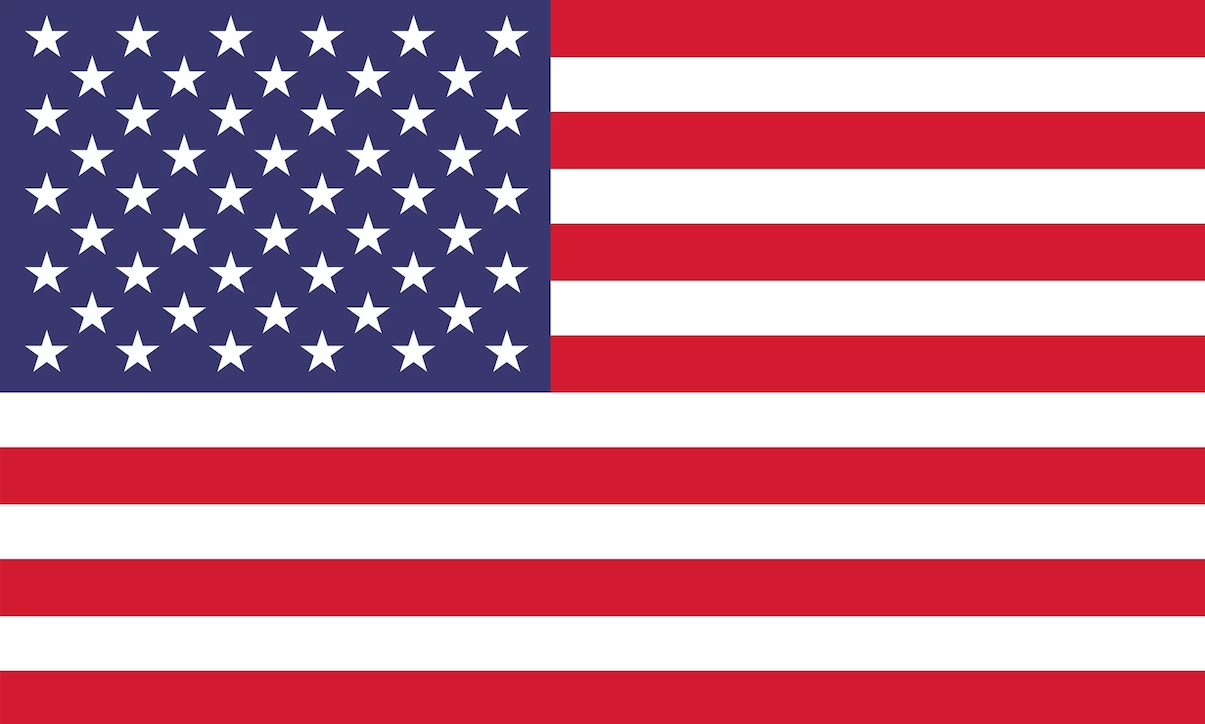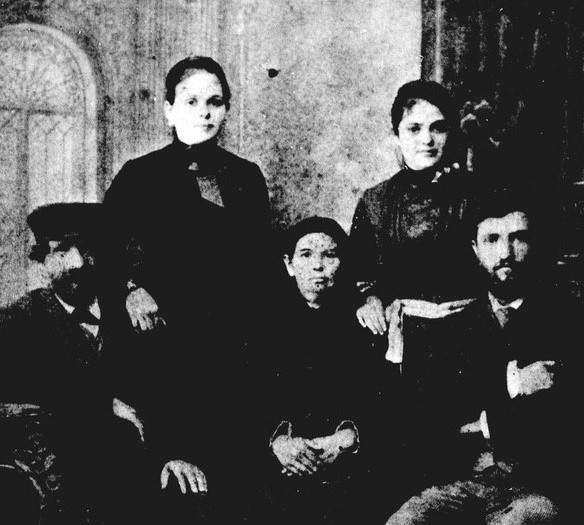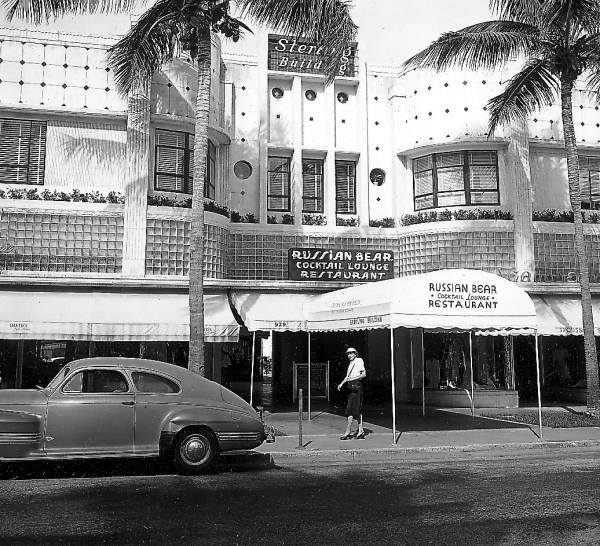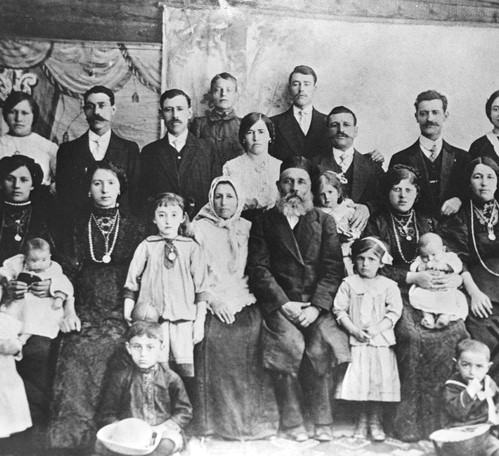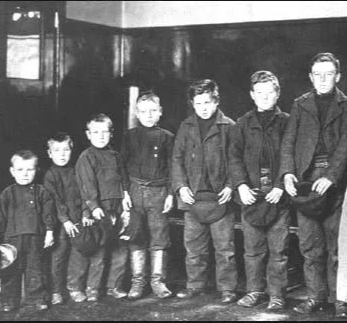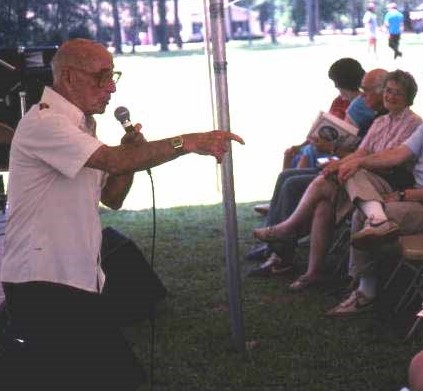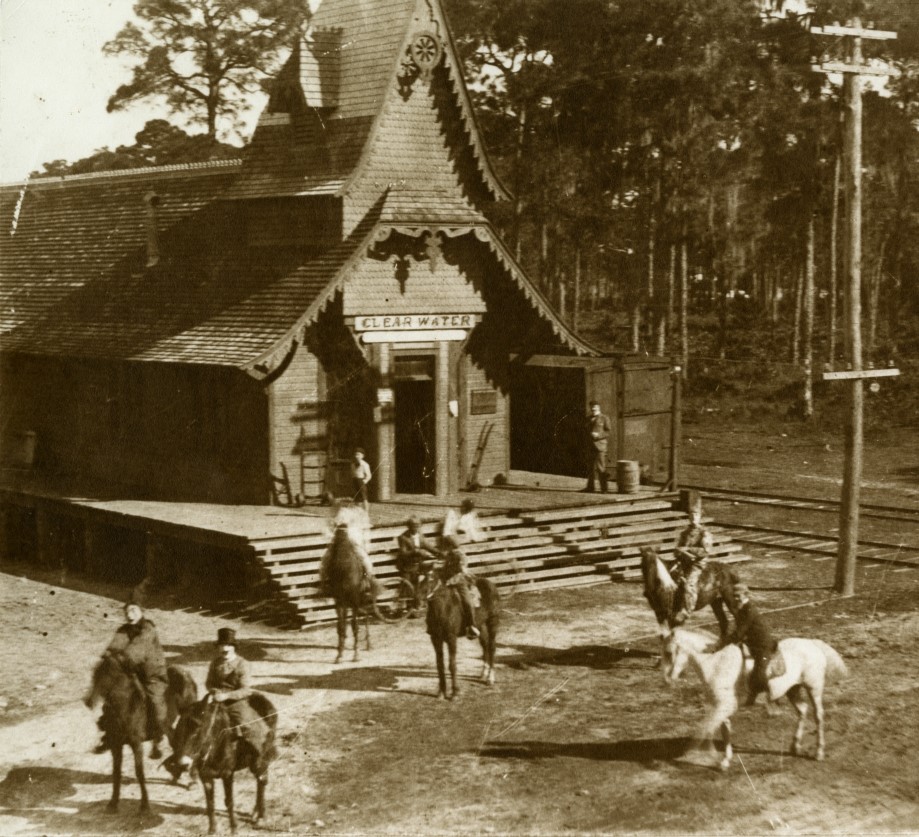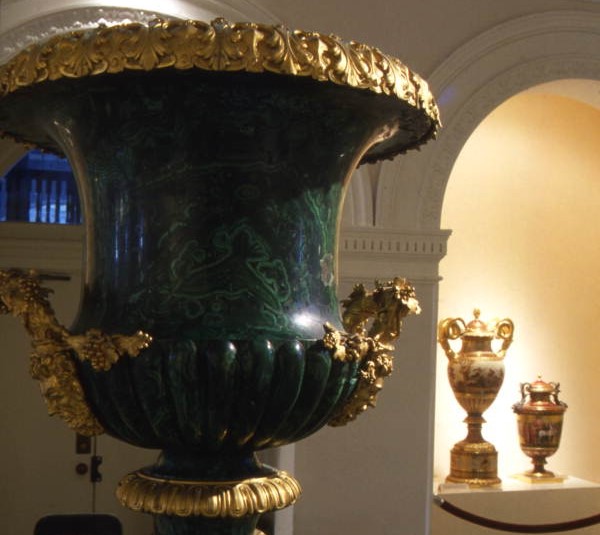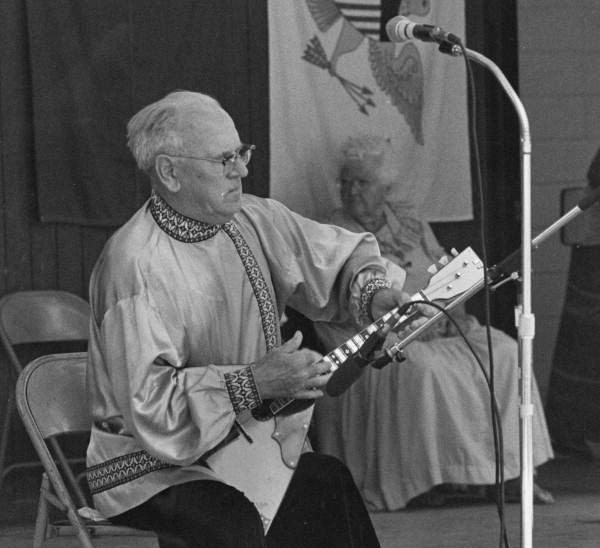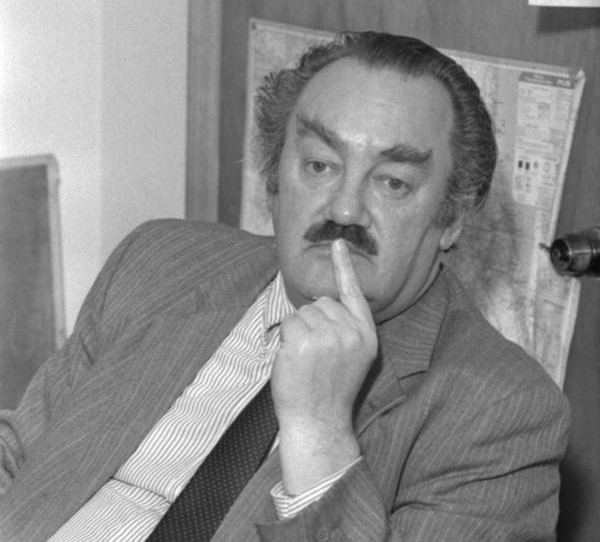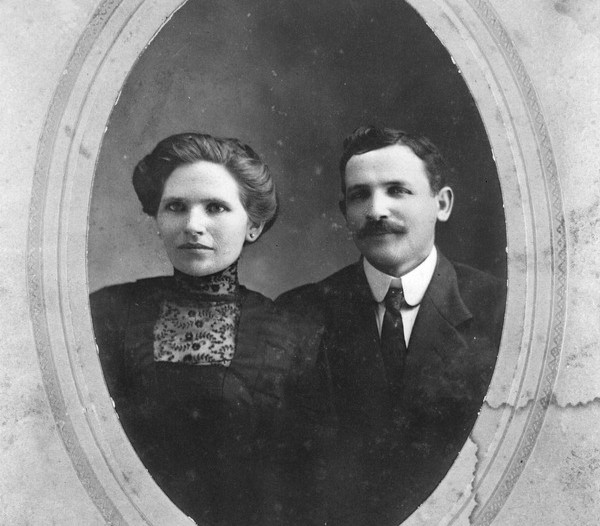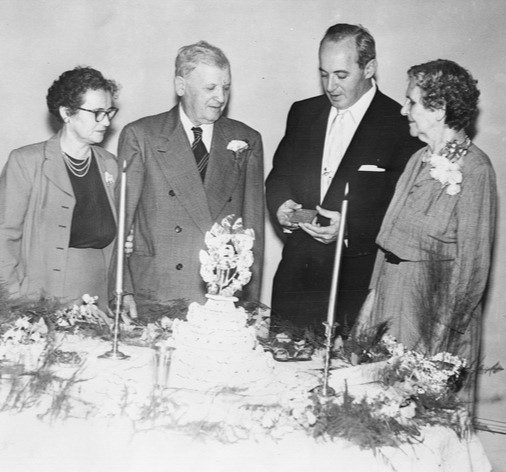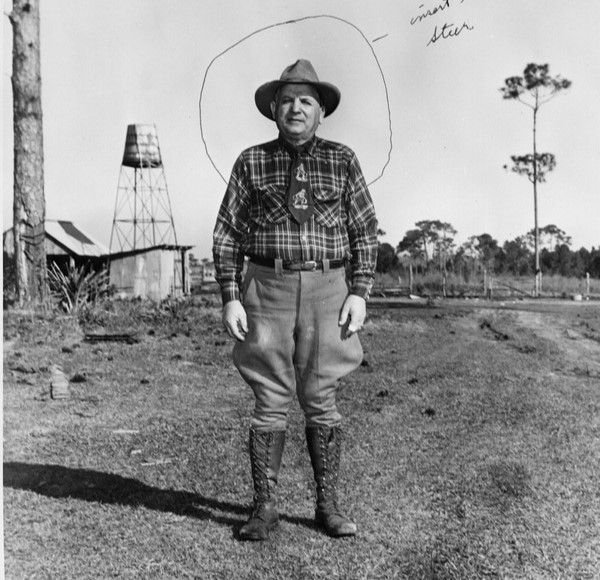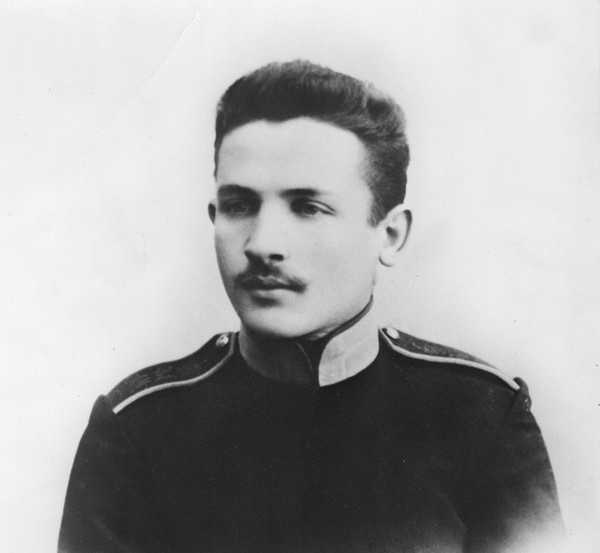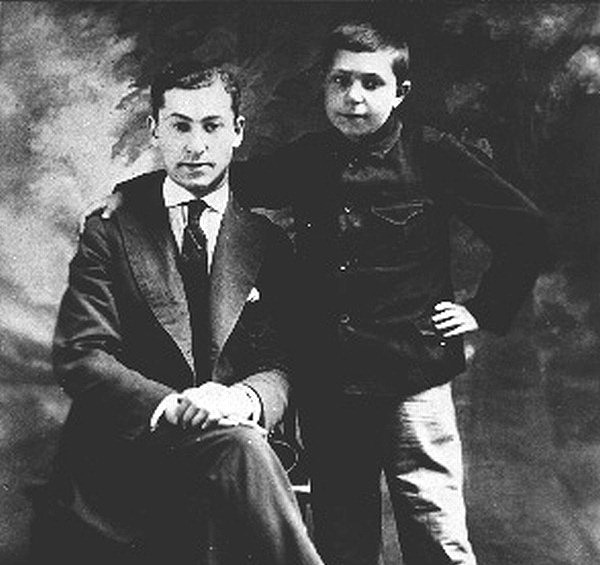" Russians have flocked
to Florida. Around a century ago, a furniture magnate from Rochester, New York named Harvey
Baker Graves spent a day boating through the estuarine wilds of upper Biscayne Bay, along the
southern Atlantic coast of Florida. What today is beach-front property was then a verdant, claustral
jungle; in photographs the dinosaurs seem to be lurking just outside the frame.
Graves was so enamoured of this landscape and its potential that he bought a large
swathe of mangrove forest and tortuous waterways dotted with uninhabitable little
islands. That swamp is now Sunny Isles Beach, a town on a barrier island, just across
the Intracoastal Waterway from North Miami Beach. For much of the 20th century it was
a modest redoubt far from Miami's glamour and hustle, with larger hotels on the ocean
and longer, lower ones on the inland blocks. Rundown by the 1980s, developers began
snapping up properties. In 2001 the city's first new hotel in more than 30 years
opened. Today hotels and condominiums line Sunny Isles' two-mile beach-front, including
three Trump-branded high-rises. And while the previous incarnation of Sunny Isles
attracted American snowbirds and the odd ageing celebrity, in its current form it is a
magnet for Russians.
"
Source:
"Odessa on the Intracoastal" (2019) The Economist; London Vol. 433, Iss. 9168,
(Nov 9, 2019): 39.
https://www.proquest.com/docview/2313052274?accountid=10674&pq-origsite=primo

